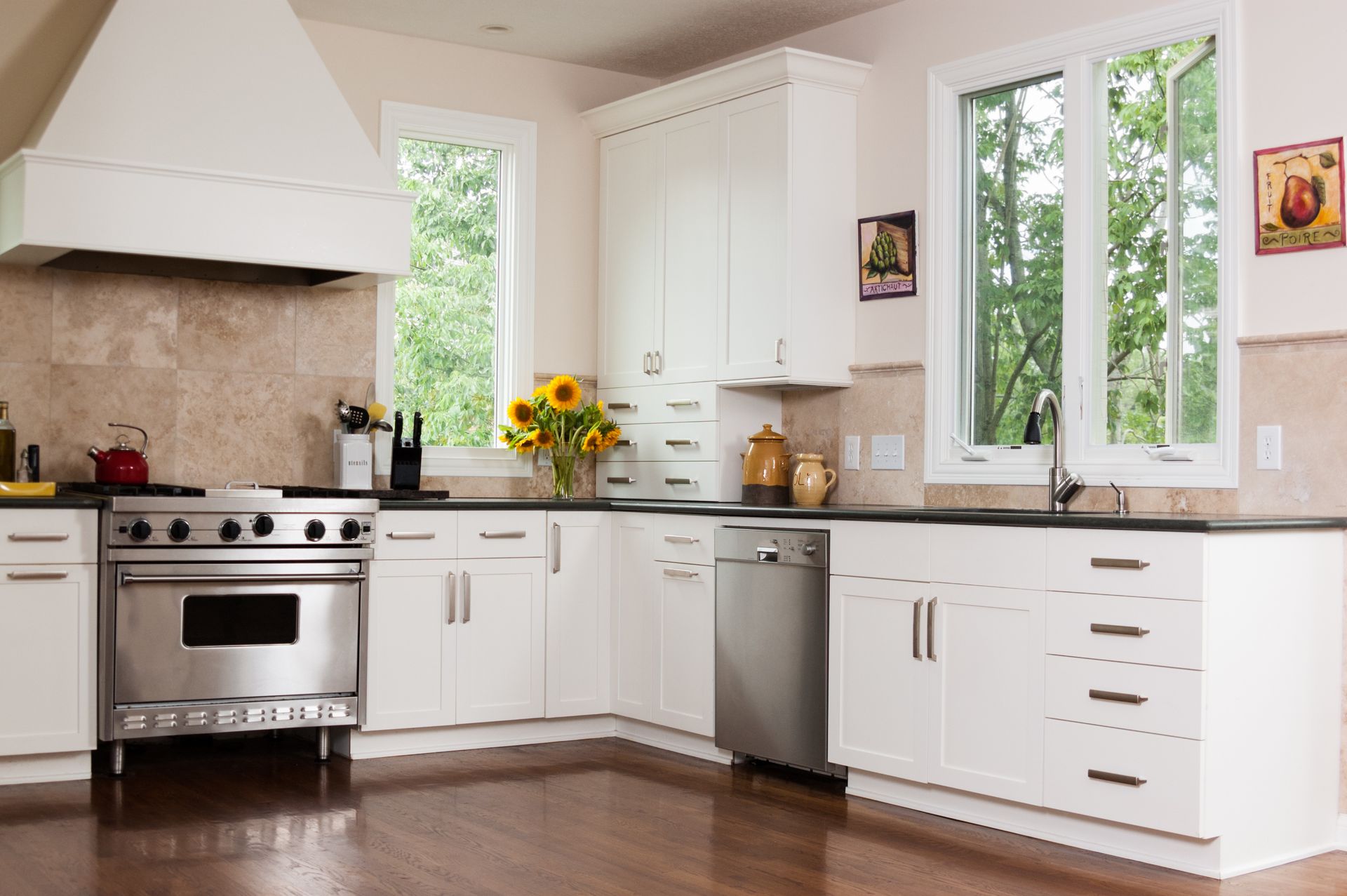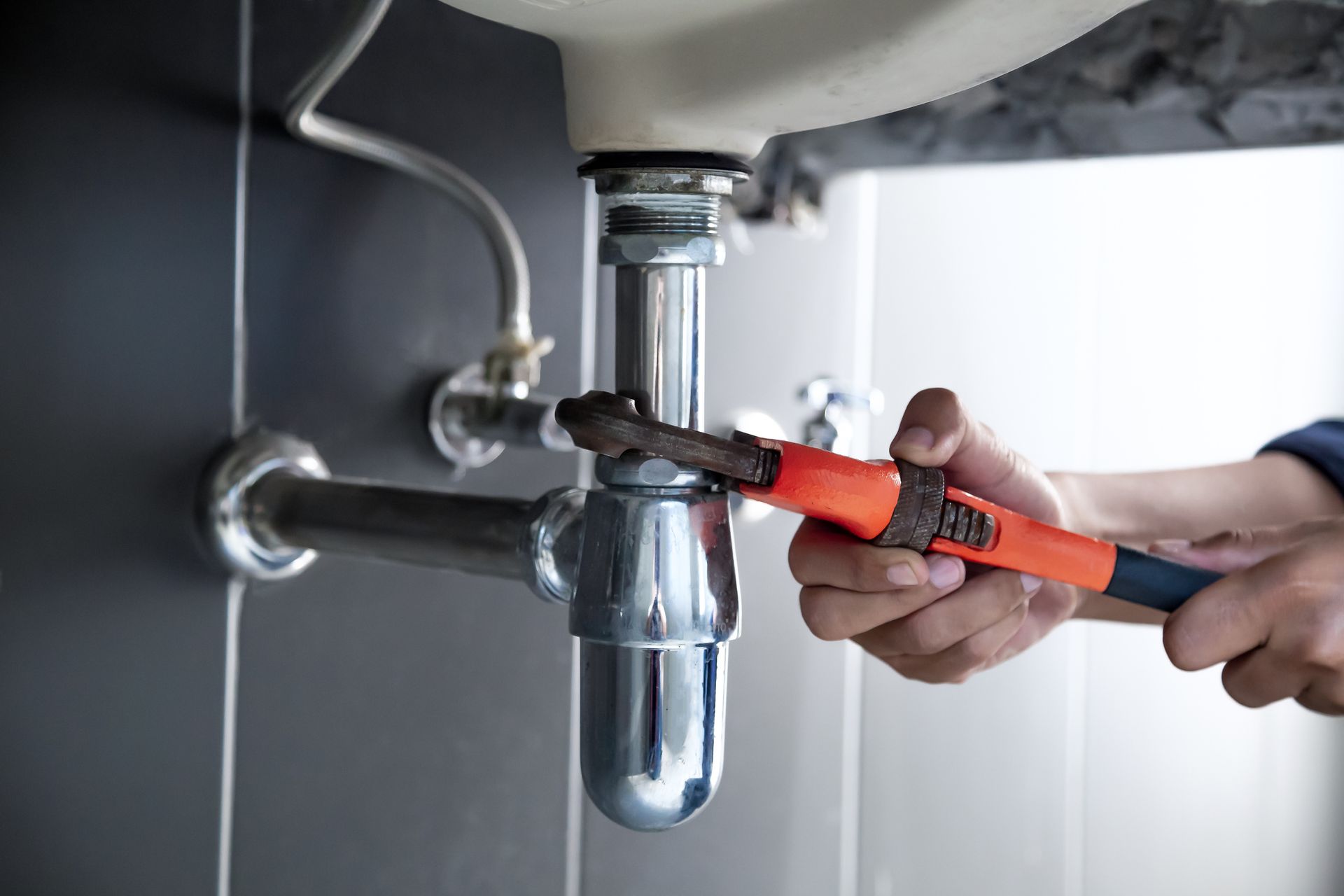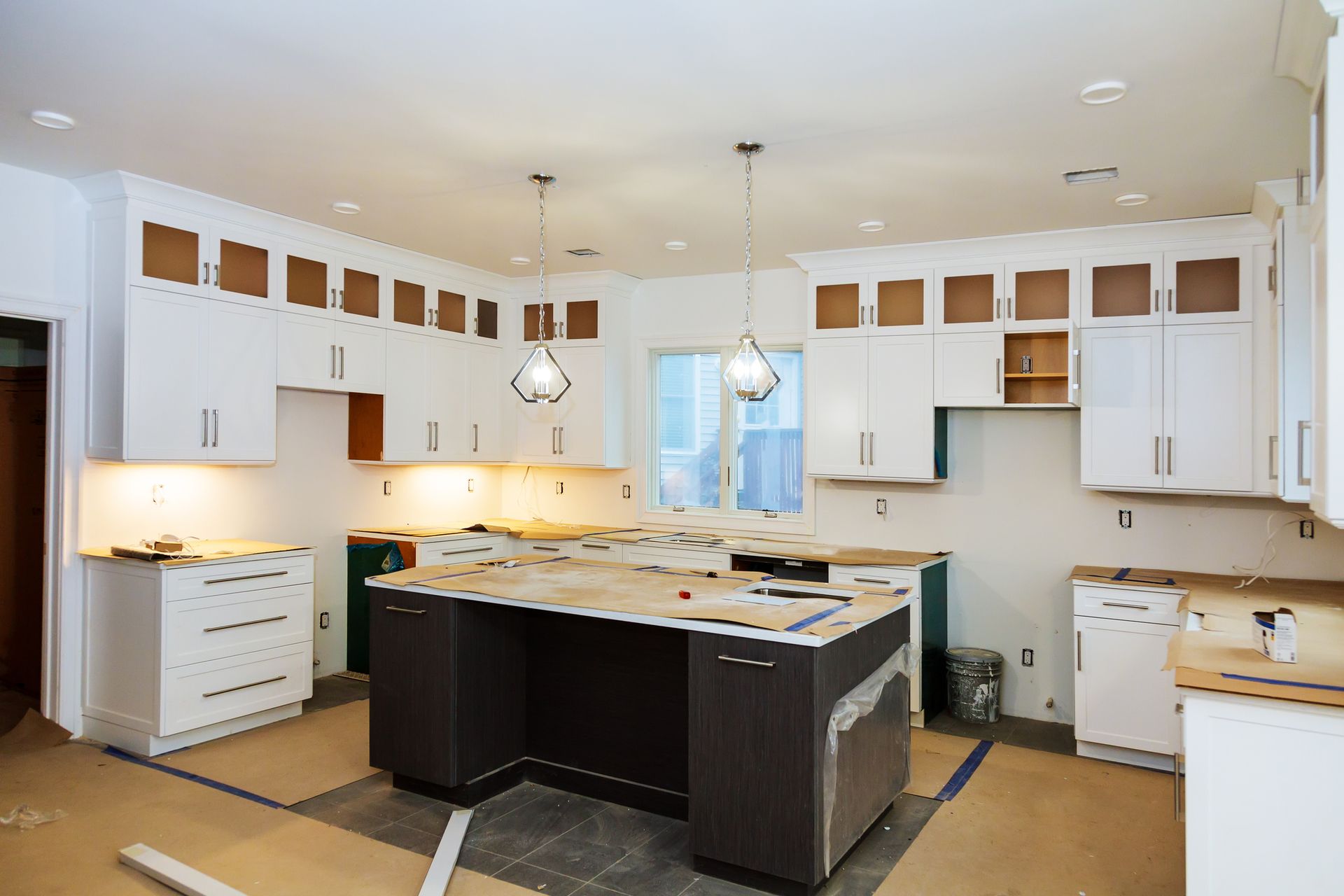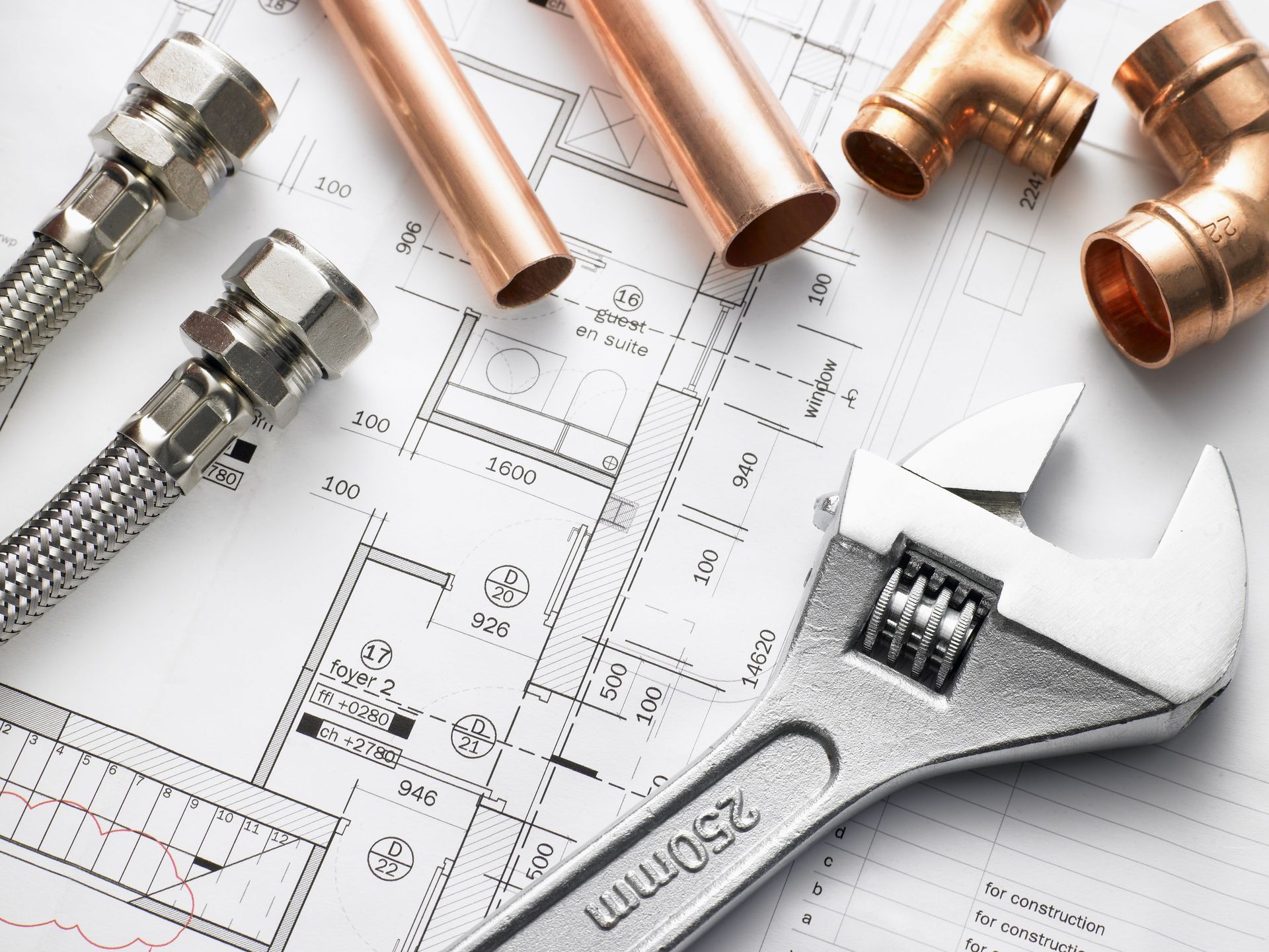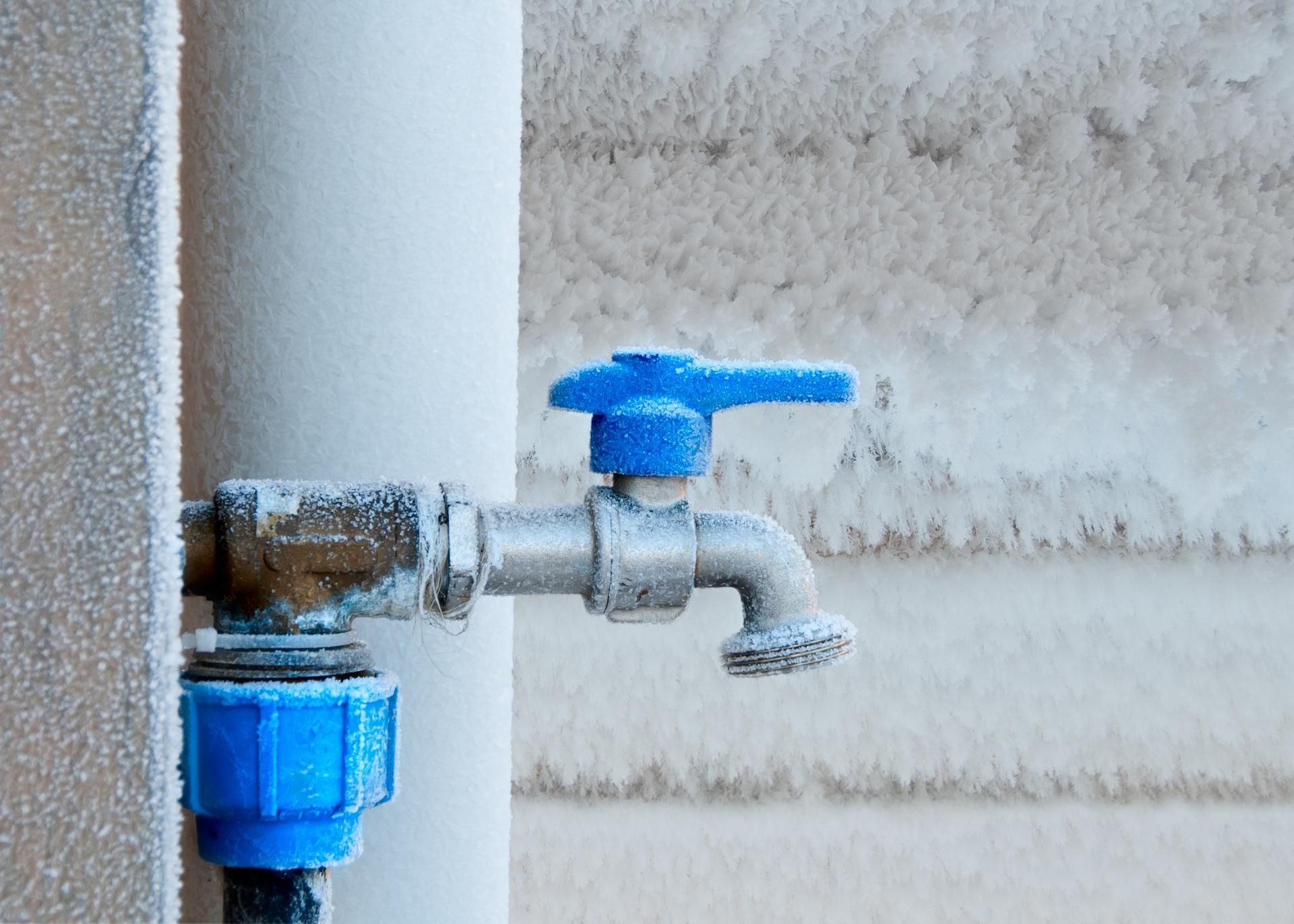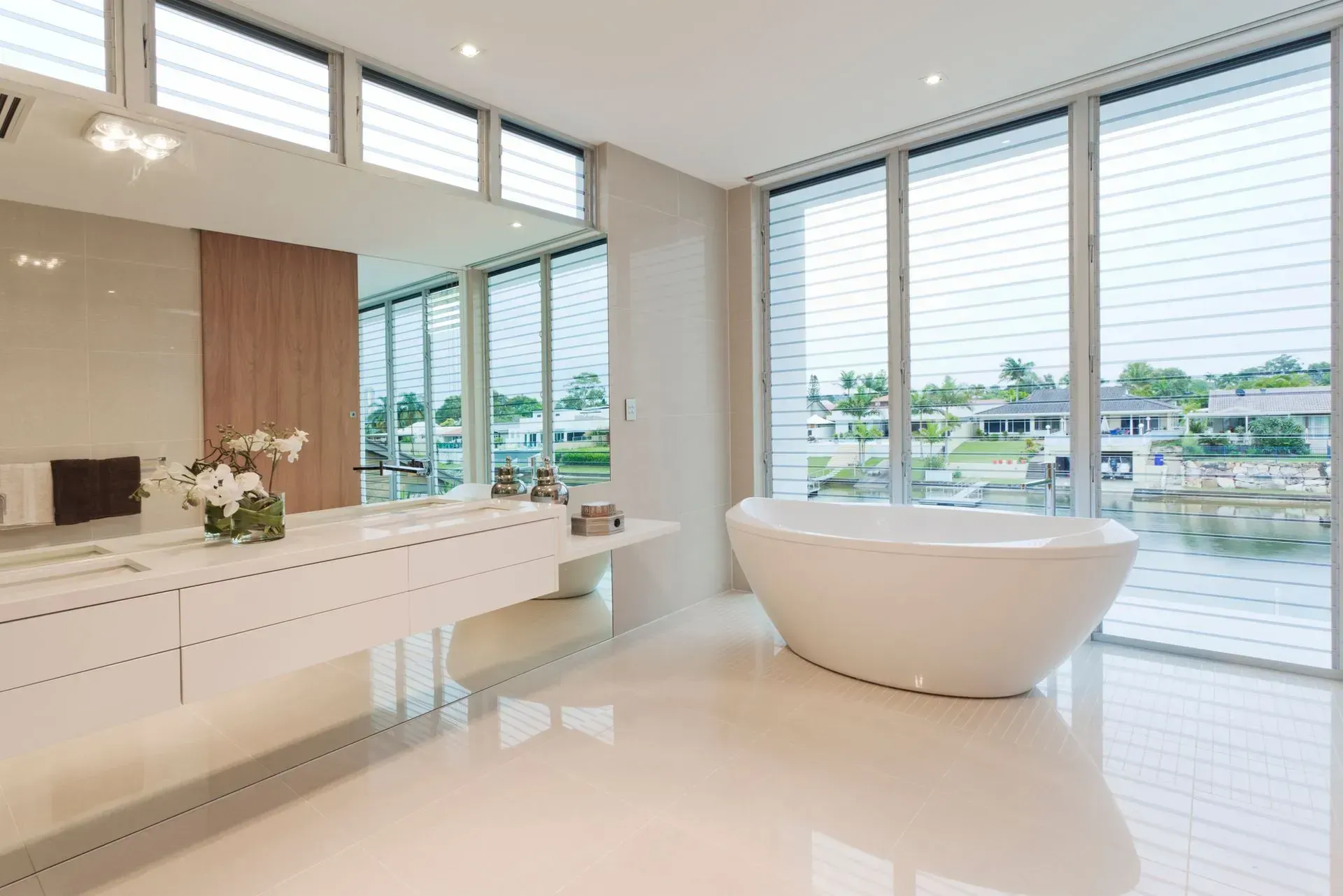To Replace or Not To Replace? What To Know About Faucet Selection
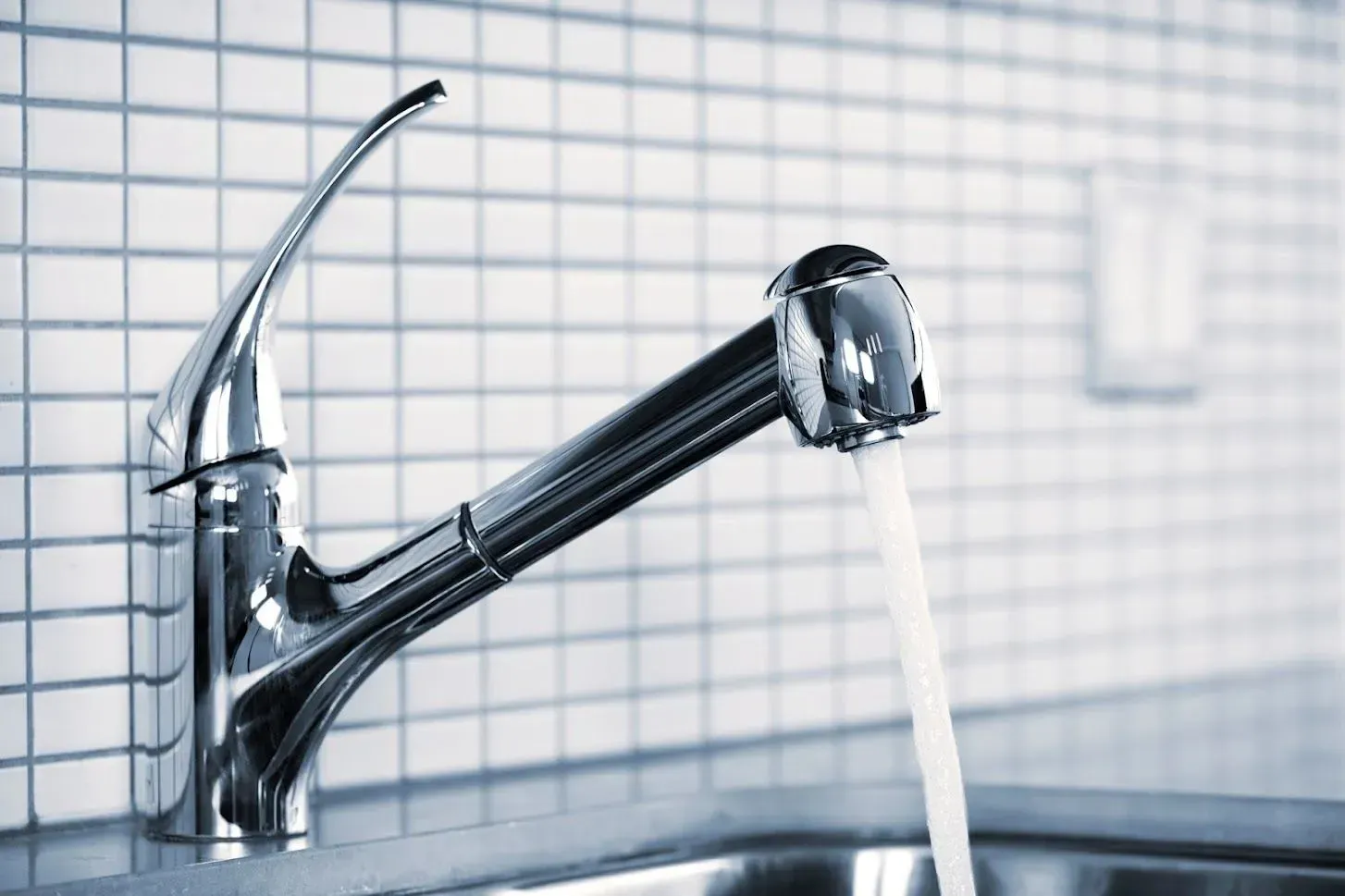
Which faucet fixture is the right choice for your next plumbing renovation project? If you're ready to redo your bathroom or kitchen, take a look at what you need to know about your faucet options.
Do You Need To Replace the Faucet?
The answer to this question depends on the condition of the existing faucet and the changes you plan to make. If you plan to completely renovate the bathroom or kitchen and replace the sink, a vanity, a countertop, or other surrounding space, you will likely need or want to replace this fixture.
While you can remove a faucet and replace it after a new sink installation service, this option may put the fixture at risk. Even the most skilled contractor could accidentally chip or damage the faucet. You might also inadvertently cause structural damage that interferes with the way you use the faucet.
You may want to replace the existing faucet with a new one if:
- The faucet doesn't match the new design. Is the current faucet a different color or style than the new sink or surrounding area? If the old faucet throws off the aesthetics of the renovation, you will need to replace it.
- The faucet is old. The average lifespan of a faucet is 15 to 20 years, according to the International Association of Certified Home Inspectors. If the existing faucet is more than two decades old, now is the perfect time to install a new one.
- The faucet leaks. Your leaky faucet could waste 3,000 or more gallons of water annually, according to the U.S. Environmental Protection Agency (EPA). The EPA notes this is equivalent to the water needed for 180 showers.
A faucet with what seems like a minor drip could cause your water bill to rise. Even though you will need to pay a plumber to replace the leaky faucet, over time, you could save money on lower water bills.
How Should You Choose a Faucet?
If you don't already have a fixture in mind, now is the time to explore your options. Bathroom and kitchen sink faucets are available in a variety of sizes, styles, and colors. Some faucets may also have special features, such as a hands-free start and stop design. To choose the best sink faucet for your plumbing renovation project:
- Ask a pro. What does the plumber recommend? The plumber can help with technical specifications. This reduces the risks of a faucet-sink mismatch and can help to streamline the renovation process.
- Make sure the faucet fits in the space. Will the spout hit a shelving unit that sits above the sink? Will the handles knock into built-in components on the sides of the fixture? Verify that the faucet will fit into the bathroom or kitchen space.
- Consider the overall style. A sleek industrial minimalist faucet may look out of place in a traditional or shabby chic room. Choose a faucet that coordinates with the overall style or decor theme.
- Consider durability. Will your kids use the sink to wash their toy trucks? If the sink area will get plenty of use, you won't want a delicate faucet surface. Choose a model with a durable finish.
- Match the faucet to the other fixtures. Will you install a new shower head or towel bar in the room? Unless you've chosen an eclectic style for the space, the faucet should match the other finishes.
Along with the size, overall style, and finishes, you will also need to decide on a single or multiple handle setup. The shape and holes in the sink will guide this choice. If the sink only has one hole in the center, you will need a single handle faucet.
Are you ready to start planning your next plumbing renovation project? Contact Oak Creek Plumbing & Remodeling for more information.
